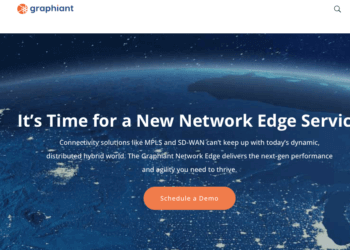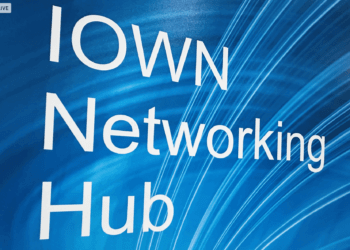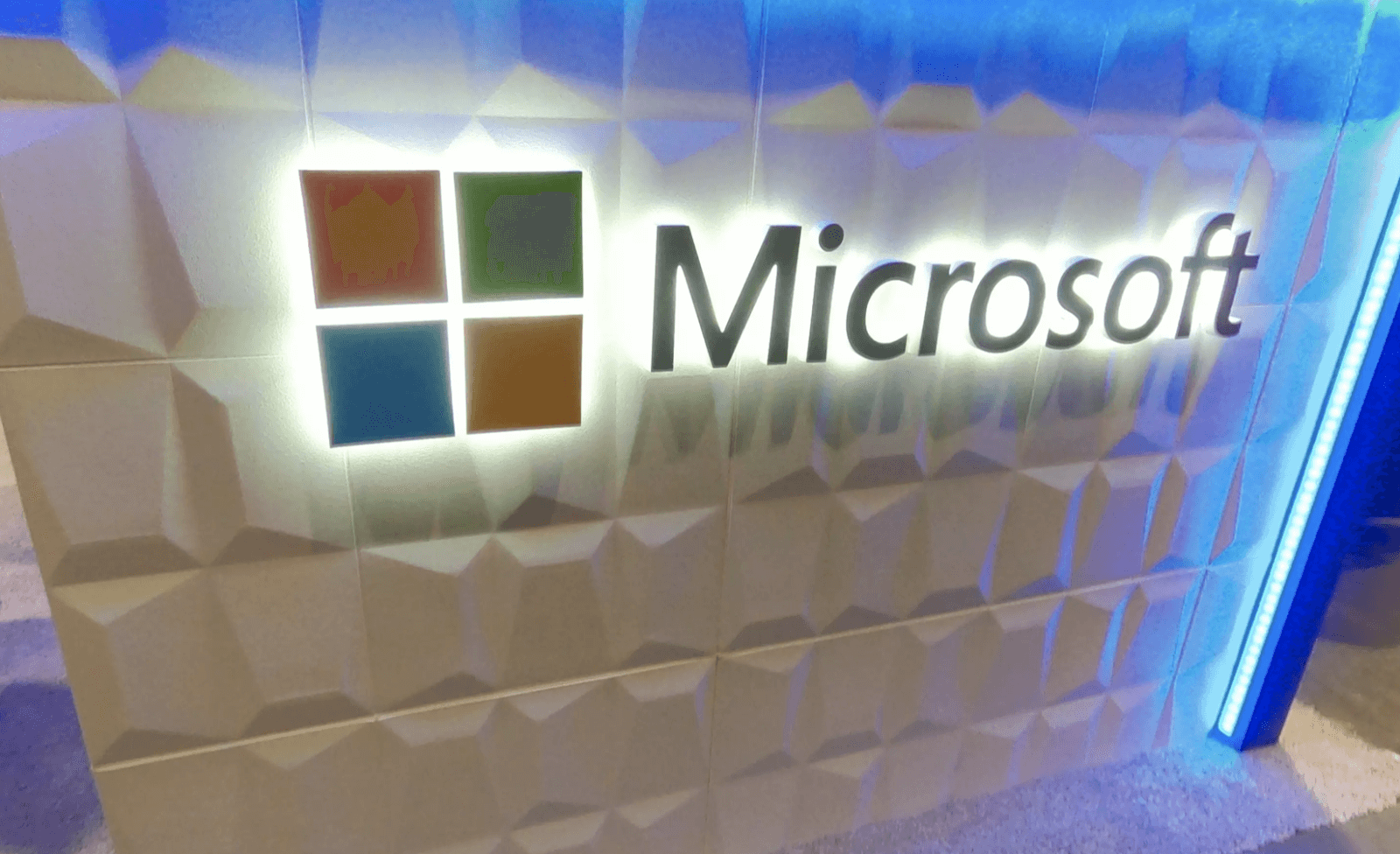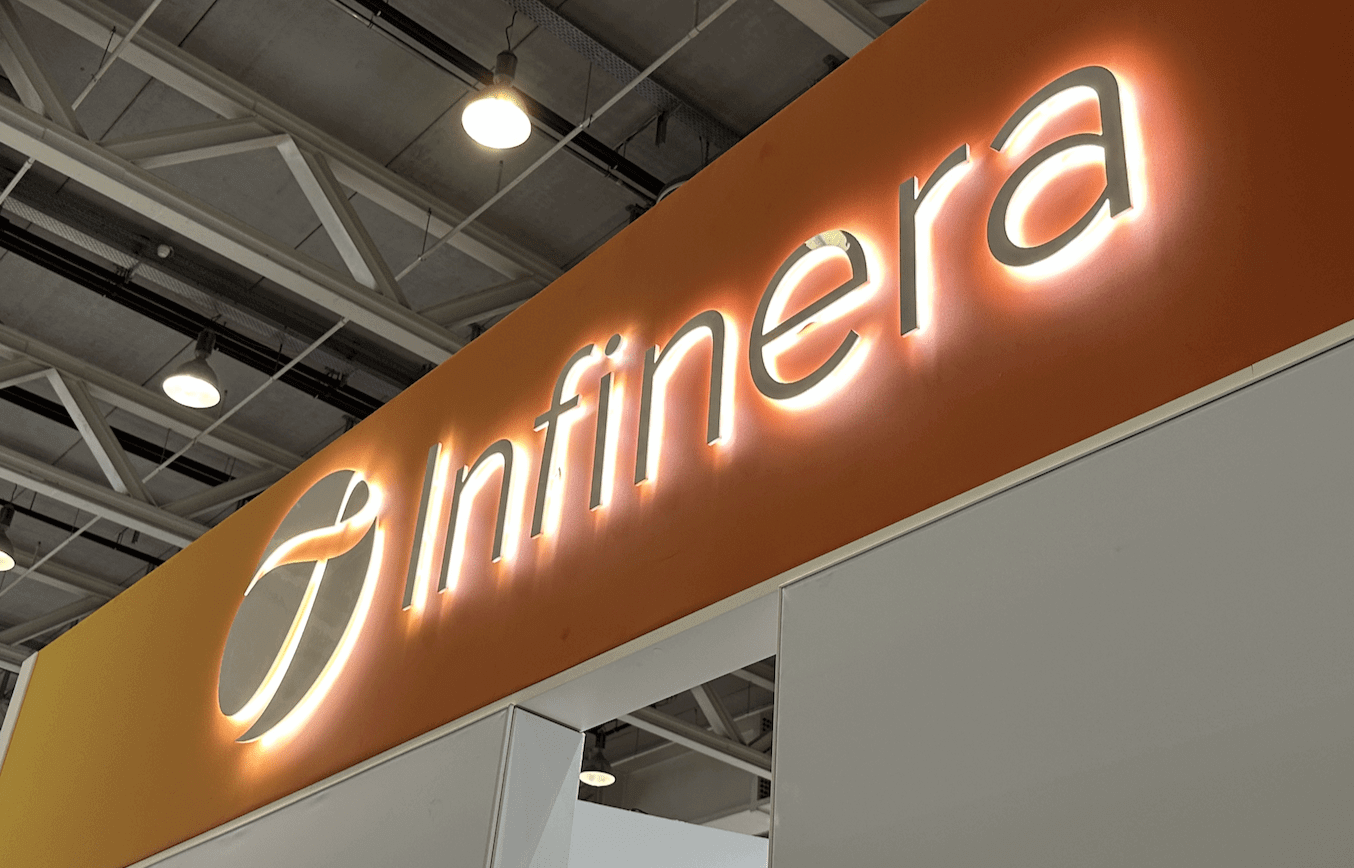Enfabrica, a start-up based in Mountain View, California, emerged from stealth to unveil a new class of Accelerated Compute Fabric (ACF) chips optimized for Artificial Intelligence (AI) and accelerated computing workloads.
Enfabrica's Accelerated Compute Fabric (ACF) devices are designed to deliver multi-terabit-per-second data movement between GPUs, CPUs, accelerators, memory and networking devices. The company envisions composable AI fabrics of compute, memory and network resources that scales from a single system to tens of thousands of nodes. The design provides uncontended access to >50X DRAM expansion over existing GPU networks via ComputeExpressLink (CXL) bridging.Enfabrica’s said its flagship ACF switch silicon enables customers to cut their cost of GPU compute by an estimated 50 percent for Large Language Model (LLM) inferencing and 75 percent for deep learning recommendation model (DLRM) inferencing at the same performance point.
Enfabrica’s first Accelerated Compute Fabric Switch (ACF-S) chip offers multi-port 800 Gigabit Ethernet networking and high-radix PCIe Gen5 and CXL 2.0+ interfaces. Without changing physical interfaces, protocols or software layers above device drivers, the ACF-S delivers multi-Terabit switching and bridging between heterogeneous compute and memory resources in a single silicon die, while dramatically reducing the number of devices, I/O latency hops, and device power in today’s AI clusters consumed by top-of-rack network switches, RDMA-over-Ethernet NICs, Infiniband HCAs, PCIe/CXL switches, and CPU-attached DRAM.
Notably, by incorporating unique CXL memory bridging capabilities, Enfabrica’s ACF-S is the first data center silicon product in the industry to deliver headless memory scaling to any accelerator, enabling a single GPU rack to have direct, low-latency, uncontended access to local CXL.mem DDR5 DRAM at more than 50 times greater memory capacity versus GPU-native High-Bandwidth Memory (HBM).
“Generative AI is rapidly transforming the nature and volume of compute traffic in data centers,” said Rochan Sankar, CEO and co-founder of Enfabrica. “AI problem sizes and user serving scale will continue to grow by orders of magnitude every couple of years. The problem is that current server I/O and networking solutions have serious bottlenecks that will cause them to either buckle under the scale of demand, or vastly underutilize the costly compute resources deployed to meet it. We believe we have cracked the code on a I/O fabric design that will scale high-performance, low-latency AI workloads at far superior TCO than anything out there, and make growing AI infrastructure composable, sustainable and democratized. We are excited to work with our partners and target customers to deliver our Accelerated Compute Fabric products into this fast evolving market.”
- Enfabrica began in 2020, funded by Sutter Hill Ventures, and led by Silicon Valley veterans Rochan Sankar, Shrijeet Mukherjee, and key engineers who built industry-leading silicon and software stacks at Broadcom, Google, Cisco, AWS and Intel.


















